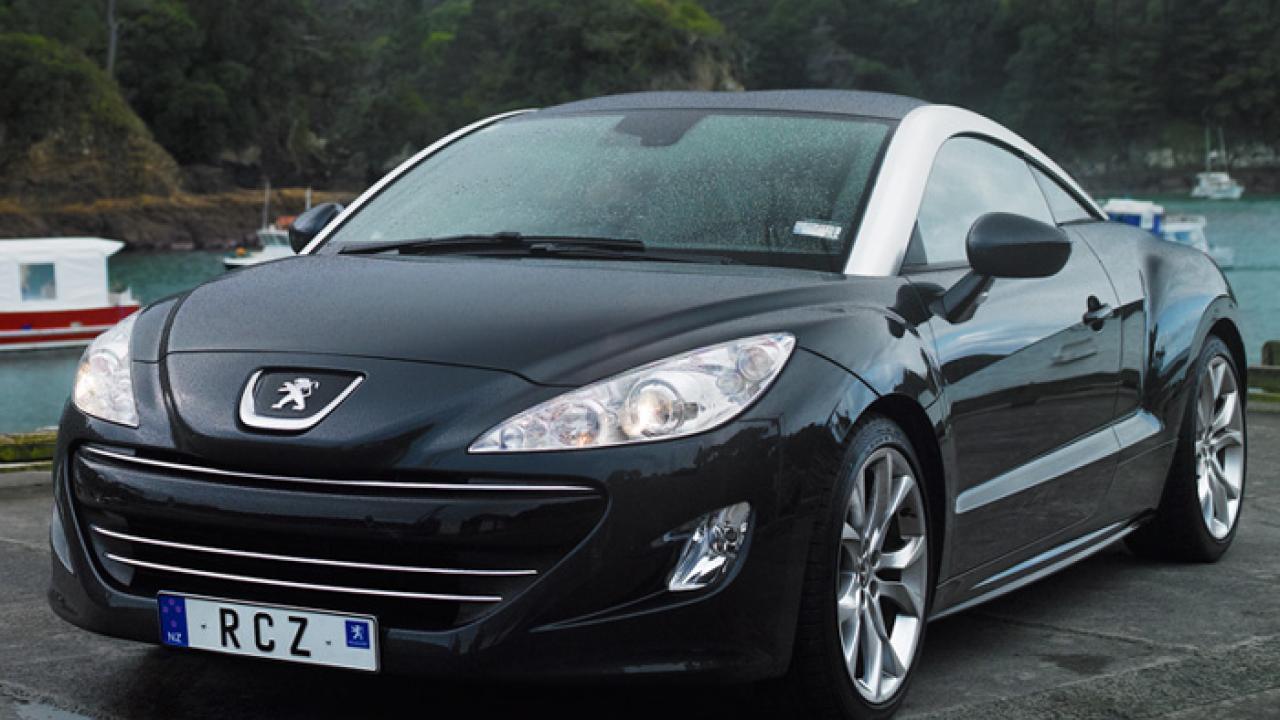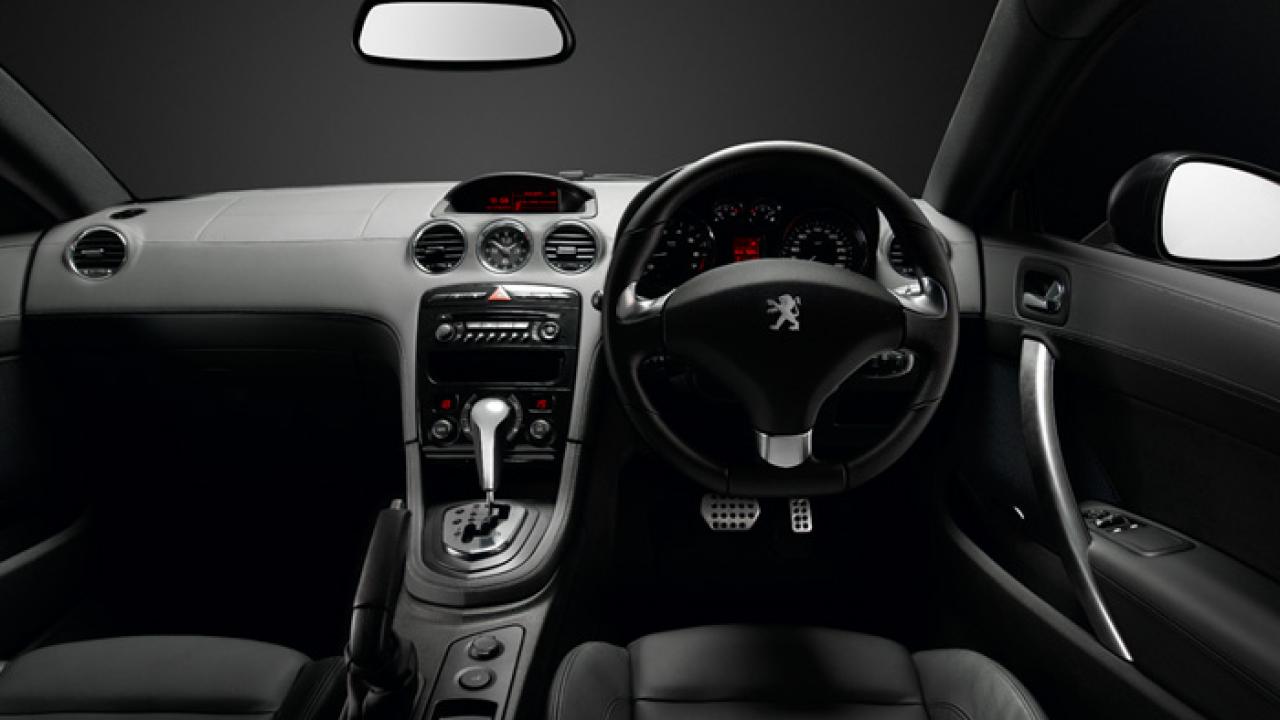The people at Peugeot are touting the new RCZ Coupe their halo car; the first of a host of special new models, departing from Peugeot's traditional method of numbering their models with a central zero, (or latterly, double zero for some models) between two numbers.
The RCZ is also the first Peugeot to wear a revised new Lion logo and it marks a new stage in the line up of Peugeot leisure vehicles.
First shown in concept form in September 2007 at the Frankfurt Motor Show as the 308 RCZ, Peugeot say the exceptionally high level of interest at the show convinced them to turn the concept into reality.
Largely unchanged from the original concept
Design cues such as the double-bubble glass roof, which is said to increase rear headroom and offer favourable airflow, as well as the aluminium arches running the length of the roofline on either side, remain in place.
The letters RC are derived from the RC Cup race series and the Z is said to relate to the exclusive models. In New Zealand, the RCZ will be offered in one high spec level only, with no add-on extra cost options.
General Manager for Peugeot importer Sime Darby Automobiles, Grant Smith says “The RCZ is a great value proposition and is one of the best value for money sports cars on the market in New Zealand today.”
Styling wise, the RCZ takes Peugeot into new territory, being pitched against rivals such as Audi’s TT and Volkswagen’s Scirocco. Although competing in a different price space to the TT, from a styling perspective it’s hard not to draw comparisons.
Other than pricing, the RCZ offers the benefit of 2+2 seating configuration over the TT’s 2 seater layout, however the rear seats offer very little leg room and don’t really provide practical seating for adults in the rear.
A surprisingly spacious boot can be enlarged even further by folding the rear seat backrests down, almost doubling capacity from 384 litres to 760 litres.
Two engine options will be offered in New Zealand depending on whether you choose the six speed manual or six speed automatic transmission.
The manual version gets a 200hp (147kW) 1.6 litre THP twin-scroll turbo-charged engine producing 275Nm of torque, as fitted to the MINI John Cooper Works, and the auto gets a 156hp (115kW) 1.6 THP single turbo powerplant, producing 240Nm of torque.
The auto offers fuel economy of 7.3L/100km and 0-100km/h acceleration of 9 seconds, while the manual delivers fuel consumption of 6.9L/100km and gets to 100km/h in 8.1 seconds. Both meet Euro 5 emission standards.
The 200hp manual features a Sport Pack, which includes a smaller steering wheel and a feature that Peugeot refers to as Sound System Technology. This is a vibrating membrane designed to deliver different harmonics according to acceleration, and is controlled and amplified by an acoustic duct. At the media launch, this was described as producing a “cackle” sound, although we struggled to detect it.
Leather trim is standard and can be ordered in black or lama. Double stitching gives a high quality appearance and is evident throughout the cabin, on the seats, dash top and door trim panels. Also standard are 19 inch alloys, heated electric seats and front and rear parking aid.
Adjustable rear spoiler.
An adjustable active rear spoiler rises in two increments to assist aerodynamic efficiency. The first opening stage of 19 degrees occurs at 85km/h and lowers back down at below 55km/h, while the second stage of 34 degrees activates at 155km/h, returning to position 1 at below 145km/h.
But just because the spoiler is in the fully open position doesn’t necessarily mean the driver has been speeding, as the driver can choose to operate the spoiler manually from a button on the centre console.
An active bonnet system has been included in the long list of safety features which is designed to reduce the effects of an impact with a pedestrian. If sensors at the front detect an impact, pyrotechnics activate the bonnet hinges, raising the rear of the bonnet, so that the pedestrian is less likely to impact with hard objects such as the engine.
Built on Peugeot’s ‘Platform 2’, the same platform as the 308 and 3008, the ride is firm and comfortable, but not out and out hard or aggressively sporty.
Since its European launch, the RCZ has been busy collecting awards, including “Most Beautiful Car of the Year” at the 25th International Automobile Festival, Auto Express’s “Best Coupe of 2010” and “Design Award” as well as UK Fleet World’s “Design of the Year.”
The RCZ has gone on sale in New Zealand with a retail price of $64,990.





